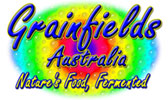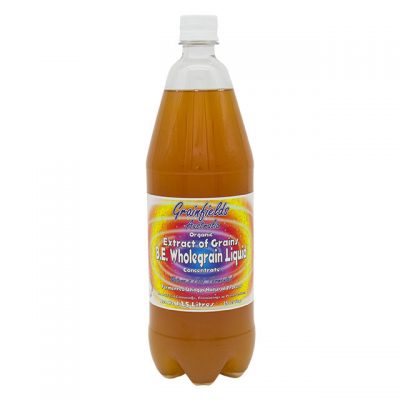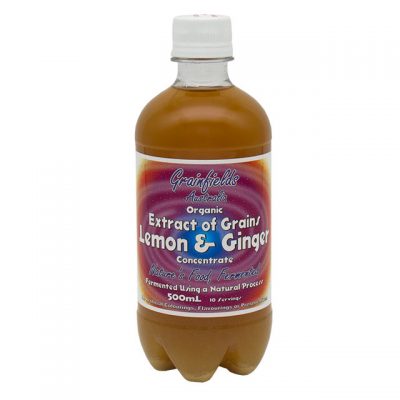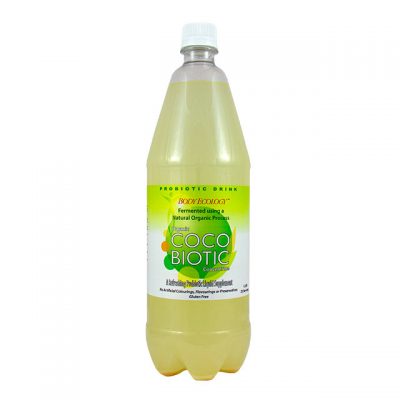Natural sweeteners or simple sugars are used as part of the fermentation process. They are food for the good bacteria and the end result is a product with which is low in sugars. For most people, sugar means table sugar, or sucrose. In fact, there are many types of sugars imparting varying degrees of sweetness. The sweetest form is fructose (in fruit and honey), then sucrose ( the main component of sugar cane and sugar beet), glucose (in honey, fruit and vegetables), maltose (in sprouting grains) and lactose (in milk).
Agave Liquid
Agave nectar is a natural food sweetener. The most valuable part of the Agave plant is its sugars. By far the main carbohydrate is a complex form of fructose called inulin or fructosan. These carbohydrates are broken down to produce a syrup with a high content of fructose (approximately 70%). Fructose is a simple sugar found mainly in fruits and vegetables. It has almost 50% greater sweetness than sucrose.
Fructose
Fructose naturally occurs in sweet fruits and vegetables. It is commercially used as a sweetener made from corn and was first made available for food and beverage use 20 years ago, having been marketed previously primarily as a health supplement. Fructose has a low glycemic index and results in moderate release of insulin to the bloodstream relative to glucose and sucrose. Fructose is useful in the fermentation process and provides food for the Lactobacillus bacteria.
Glucose
The most common form of this sugar is dextroglucose, a naturally occurring form commonly referred to as dextrose (also called corn sugar and grape sugar ). This form of glucose has many sources including grape juice, certain vegetables and honey. It has about half the sweetening power of regular sugar. Corn syrup is a form of glucose made from cornstarch. Glucose is useful in the fermentation process and provides food for the Lactobacillus bacteria.
Honey
A thick, sweet liquid made by bees from flower nectar. Contrary to what many people think, a honey’s color and flavor does not derive from the bee, but from the nectar’s source. In general, the darker the color the stronger the flavor. There are hundreds of different honeys throughout the world, most of them named for the flower from which they originate.
Honey contains many useful trace elements and is an easily digested form of energy. Honey is comprised mainly of the sugars glucose and fructose. It does not have a very high nutritional value, although it does contain small amounts of minerals – among them calcium, phosphorus, and potassium – and several vitamins: the B complex, C, D, and E. It also contributes some amino acids.
Malt
A grain (typically barley) that is sprouted, kiln-dried and ground into a mellow, slightly sweet-flavored powder. This powdered malt has many uses including making vinegar, brewing beer, distilling liquor and as a nutritious additive to many foods.
Molasses
During the refining of sugar cane and sugar beets, the juice squeezed from these plants is boiled to a syrupy mixture from which sugar crystals are extracted. The remaining brownish-black liquid is molasses. Light molasses comes from the first boiling of the sugar syrup and is lighter in both flavor and color. It’s often used as a pancake and waffle syrup. Dark molasses comes from a second boiling and is darker, thicker and less sweet than light molasses. Blackstrap molasses comes from the third boiling and is very thick, dark and somewhat bitter.
Stevia
Stevia is a sweetener and sugar substitute extracted from the leaves of the plant species Stevia rebaudiana, native to Brazil and Paraguay.




